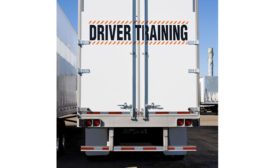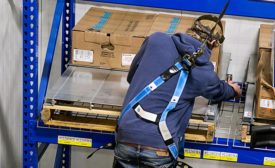Positive Cultures
Report problems & precursors early & often
Hey, you — keep that door open!
January 16, 2019
Reap driver training benefits
Keep people safe – and reduce your liability
December 20, 2018
Assessing floor safety
It’s tricky measuring traction to prevent slips, trips & falls
December 4, 2018
Editor’s Letter
Who “actively cares” for Congolese miners?
Empathy only goes so far
November 21, 2018
Part 2 of 2
Process safety management - the business case
Evaluate three critical aspects of your operation
November 4, 2018
How to produce and market a successful safety culture
Creating good vibrations
November 4, 2018
Five tips for providing effective safety training
Get your people in “The Zone”
November 2, 2018
How I quickly assess safety cultures
Look at primary, secondary & misleading markers
October 29, 2018
Never miss the latest news and trends driving the safety industry
eNewsletter | Website | eMagazine
JOIN TODAYCopyright ©2024. All Rights Reserved BNP Media.
Design, CMS, Hosting & Web Development :: ePublishing














